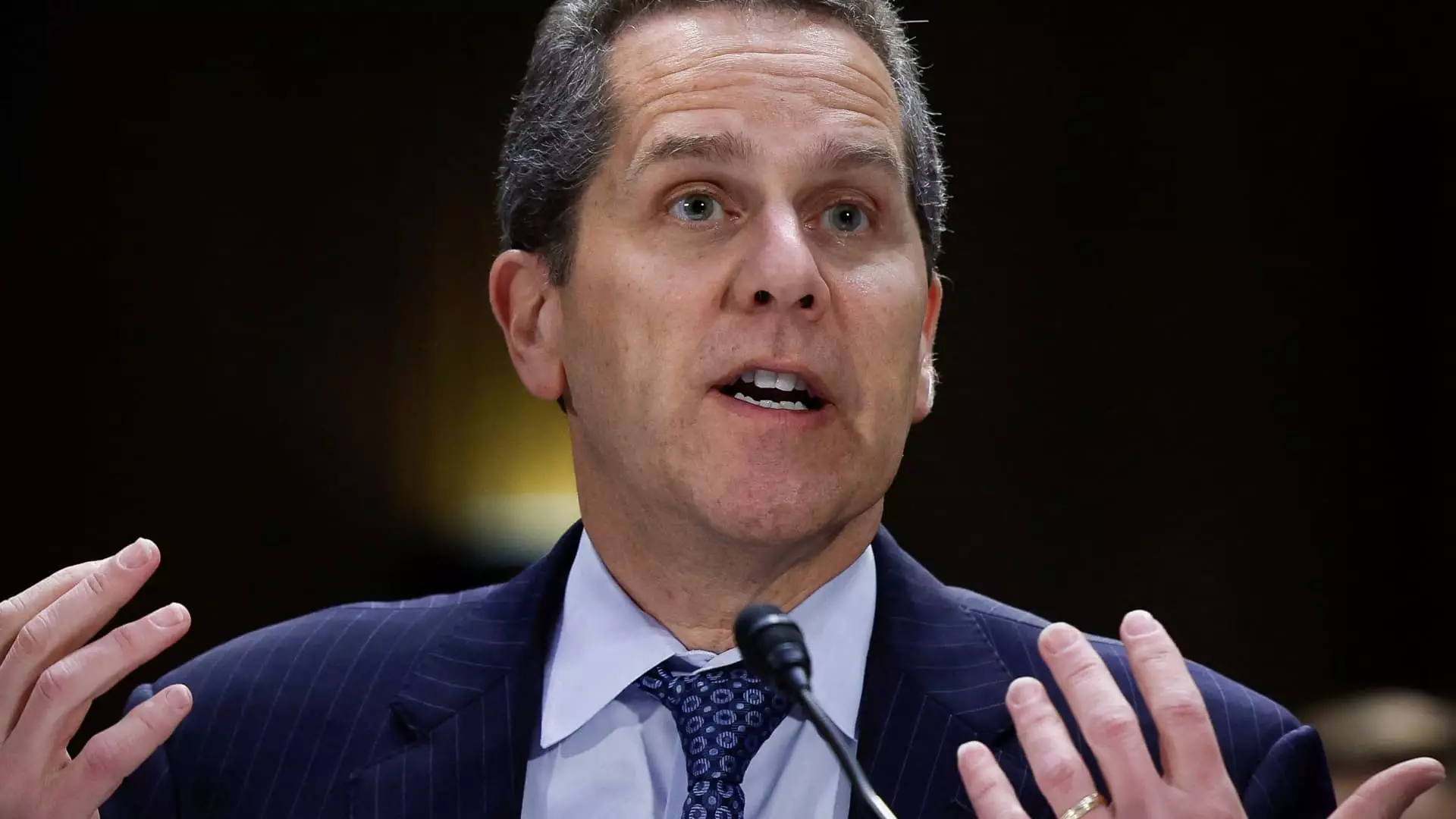Recently, a top Federal Reserve official announced revisions to a proposed set of U.S. banking regulations that significantly reduces the additional capital required for the largest financial institutions. Initially, the Basel Endgame regulatory overhaul, introduced in July 2023, aimed to increase capital requirements for the world’s largest banks by 19%. However, following feedback from various stakeholders, including banks, business groups, and lawmakers, the Federal Reserve, the Office of the Comptroller of the Currency, and the Federal Deposit Insurance Corp. have decided to resubmit the proposal with a more modest 9% increase to big bank capital.
While the original proposal was developed in response to the 2008 global financial crisis to enhance safety and oversight of risky banking activities such as lending and trading, critics argued that raising capital requirements could lead to unintended consequences. For instance, higher capital requirements might result in increased costs for loans or make it more difficult for individuals and businesses to access credit, potentially shifting financial activities to non-bank entities. Industry leaders, including JPMorgan Chase CEO Jamie Dimon, were vocal in their opposition to the initial proposal, prompting a reevaluation of the regulations.
In addition to impacting large institutions, the revised proposal also has implications for regional banks with asset sizes ranging from $100 billion to $250 billion. These banks are excluded from the latest changes, except for a specific requirement related to recognizing unrealized gains and losses on securities in their regulatory capital. This adjustment is expected to increase capital requirements for regional banks by 3% to 4% over time. The decision to address unrealized gains and losses comes in response to the failures of midsized banks last year, which were exacerbated by deposit runs triggered by unrealized losses on bonds and loans amid rising interest rates.
The alterations made to the proposed U.S. banking regulations reflect a balance between the necessity for increased capital buffers in the financial sector and the potential adverse effects of overly stringent requirements. By listening to feedback and considering the broader implications of the regulations, regulatory authorities have sought to create a framework that promotes stability while enabling financial institutions to fulfill their role in supporting economic growth. As the banking landscape evolves, ongoing monitoring and adjustments to regulatory frameworks will be essential to ensure the resilience of the banking system in the face of changing market conditions.

